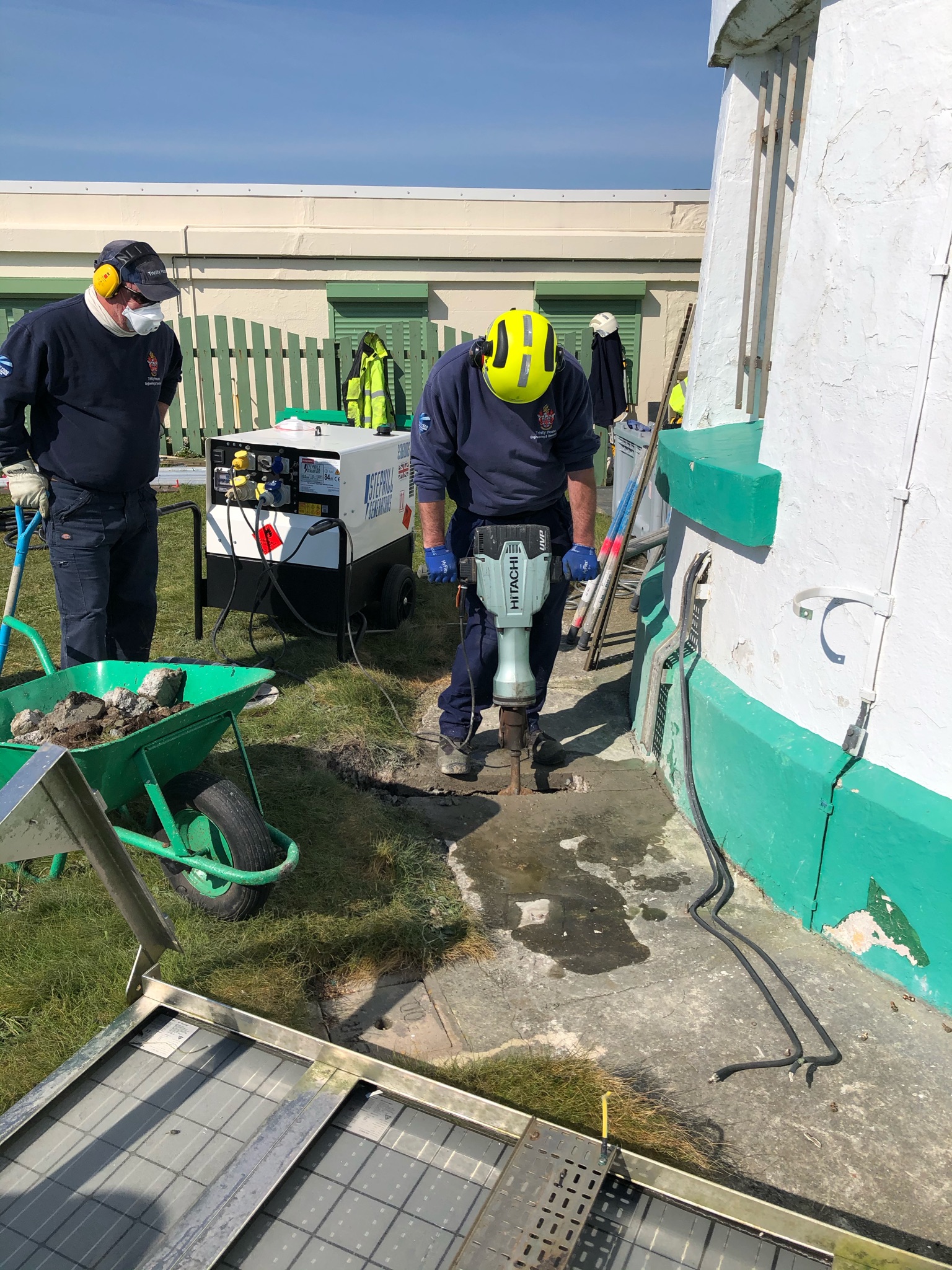Trinity House

Steve Keddie Head of Engineering informs us:
The year of 2021 promised so much following on from the uncertainties and challenges of 2020. We hoped to rid ourselves of the pandemic, catch up on the maintenance that could not be done during the restrictions and press forward with our improvement plans. Unfortunately 2021 was not destined to be that year and the challenges of protecting the mariner while keeping our teams safe has continued. We have however adapted and despite the restrictions the team has not only kept the aids to navigation reliable and caught up on many of the maintenance tasks within the estate but has also worked to successfully deliver a number of other notable improvements.
One such improvement was the design, build and roll out of a replacement for the PAKNet communications service. As part of Vodafone’s business plan they announced that they would be switching off the service from March 2022. The Trinity House aids to navigation monitoring service comprises a number of elements that report to a 24/7 operations monitoring facility based in Harwich in Essex on the East Coast.
The service monitors buoys, light-vessels and lighthouses and utilises remote telemetry equipment at these remote stations, some of which transmit using the Vodafone PAKNet communication service. The monitoring service is critical to the Trinity House operation and determines not only failures/casualties but also provides key station-related data that can be trended thus allowing the engineering and operations team to predict failures before they happen and to respond early to prevent aids to navigation failures. This has been especially important to the teams during the pandemic where routine site visits have been restricted.
The replacement project affected almost every department within Trinity House and newequipment is now being rolled out to stations within the Trinity House estate. The internally designed new system will utilise the 4G network where it has good coverage and will switch to satellite link when the communication is weak. The roll-out of this replacement system has required careful planning to ensure that resources where possible can multi-task to deliver the installation of the new equipment which can vary between two and five days and requires good weather in most places, to align with other tasks necessary at the station to provide continued aids to navigation reliability.
Other notable improvements have been the continued delivery of station modernisation programmes. Improvement work at St. Tudwals in Wales (illustrated); St. Catherine’s on the Isle of Wight and Lynmouth Foreland in Devon are all being installed as I write. All stations modernised use a standard Trinity House internal design that ensure parts are minimised across the estate and knowledge is maximised.
We are also focussed on continuously improving our own processes, the Engineering and Operations team have all now completed a Lean Six Sigma Yellow Belt course (on quality management) and each member is taking part in improvement projects within their own sphere of influence. The team now has a common understanding and toolkit to identify and eliminate process waste and carry out effective problem solving. Several new processes have been put in place this year to capture projects and events, analyse and find the root cause of any issues and deliver sustainable improvement. This had led to a number of improvements that drive up the quality of operational delivery.
